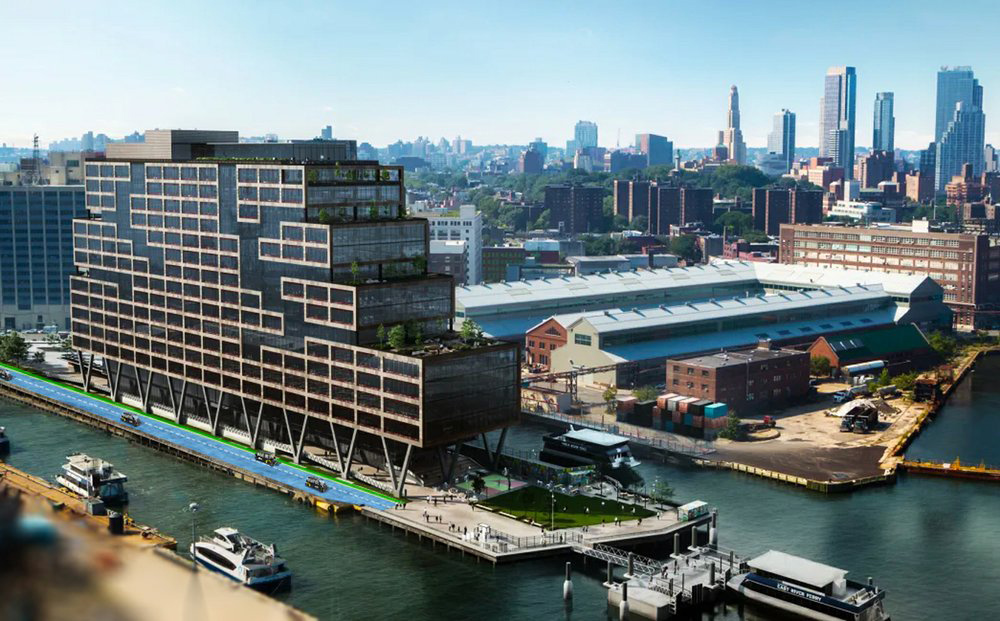By: Rudy Diamond
The Brooklyn Navy Yard was established in 1801. From the early 1810s through the 1960s, it was an active shipyard for the United States Navy and was also known as the United States Naval Shipyard, Brooklyn, and New York Naval Shipyard at various points in its history. The Brooklyn Navy Yard produced wooden ships for the U.S. Navy through the 1870s, and steel ships after the American Civil War in the 1860s.
In February 1966, the federal government announced that the Brooklyn Navy Yard was eligible for around $10 million in aid to help convert the yard into an industrial park. Soon afterward, the city announced plans to purchase the yard and convert it into an industrial complex, In July 1966, the city moved to purchase the Brooklyn Navy Yard.
After the decline of shipbuilding at the Brooklyn Navy Yard, it became an area of private manufacturing and commercial activity, though a naval detachment remained at the Brooklyn Navy Yard until 1993.
By 2015, more than 330 businesses were located at the yard, collectively employing about 7,000 people, according to the NY Times.
The giant, 75,000 square-foot, high-end Wegmans supermarket is the anchor retail tenant of a six-building complex controlled by development company Steiner NYC in a section known as Admirals Row — but which might be dubbed Navy Yard Square, The NY Post reported.
Developer Doug Steiner has begun marketing a total of 80,000 square feet of store space and 5,200 square feet of community-use space in four different buildings arrayed around the gourmet market’s parking lot, the Post stated
The developers are confident the Brooklyn Navy Yard’s new retail space will thrive just as the popular gourmet Wegman’s supermarket has thus far.
Steiner also plans to eventually convert an 18-acre section of the Yard known as the Navy Annex — a cluster of haunted-seeming early 20th-century buildings once used as hospitals and propaganda film-making facilities — into a modern educational and media complex, The NY Post reported.
“For us, the more open the Navy Yard is, the better. The Yards has reached a level of brand awareness it didn’t have until recently. It’s a true hub for the city’s creative economy — and it’s also cool thanks to its concentration of wonderful old buildings”, Doug Steiner told the NY Post.
In 2014, the entire yard was listed on the National Register of Historic Places (NRHP) as a historic district. Certain buildings have also been given landmark status. Quarters A, the commander’s quarters building, is a National Historic Landmark.] Dry Dock 1, the Navy Yard Hospital Building (R95), and the Surgeon’s Residence (R1) inside the Brooklyn Naval Hospital are all New York City designated landmarks, according to New York City Landmarks Preservation Commission.





